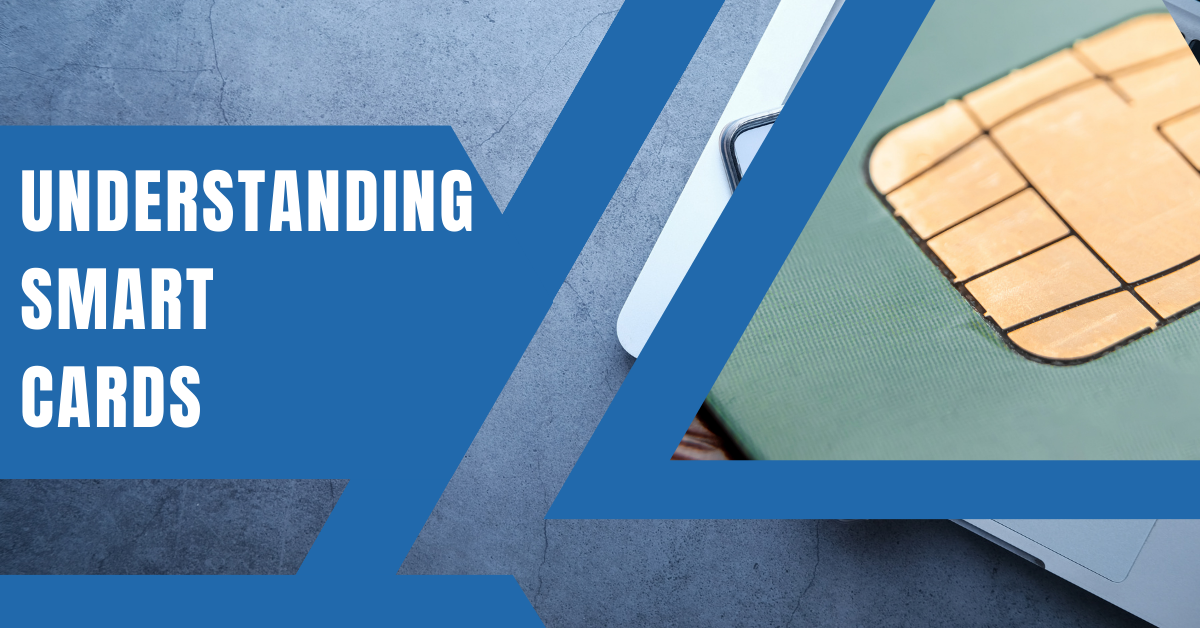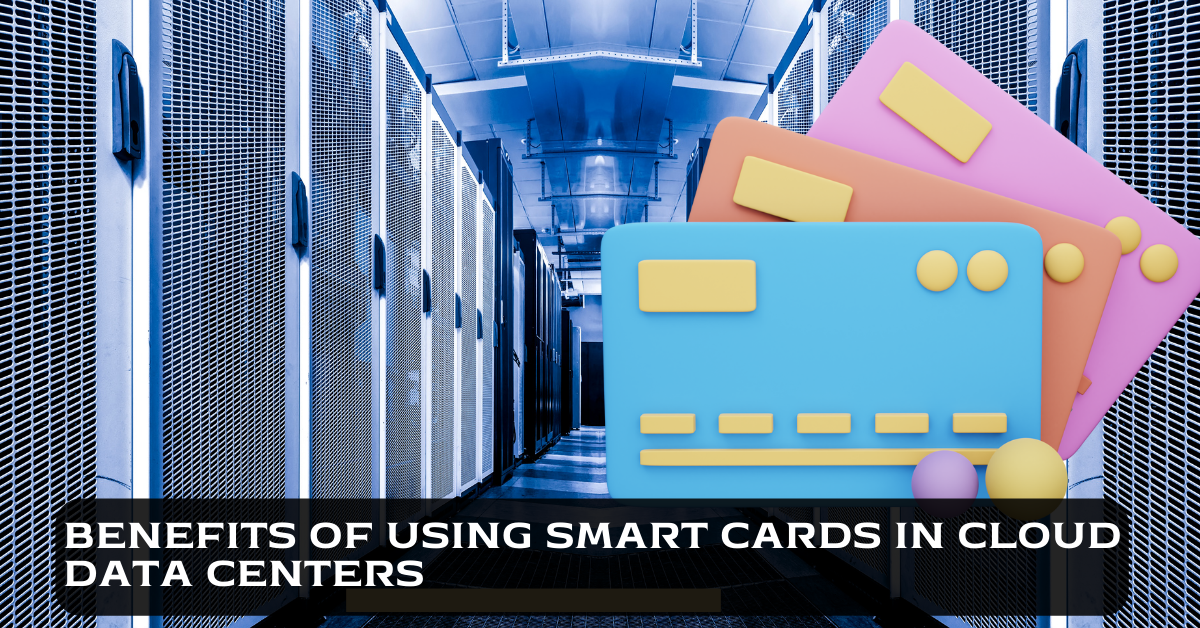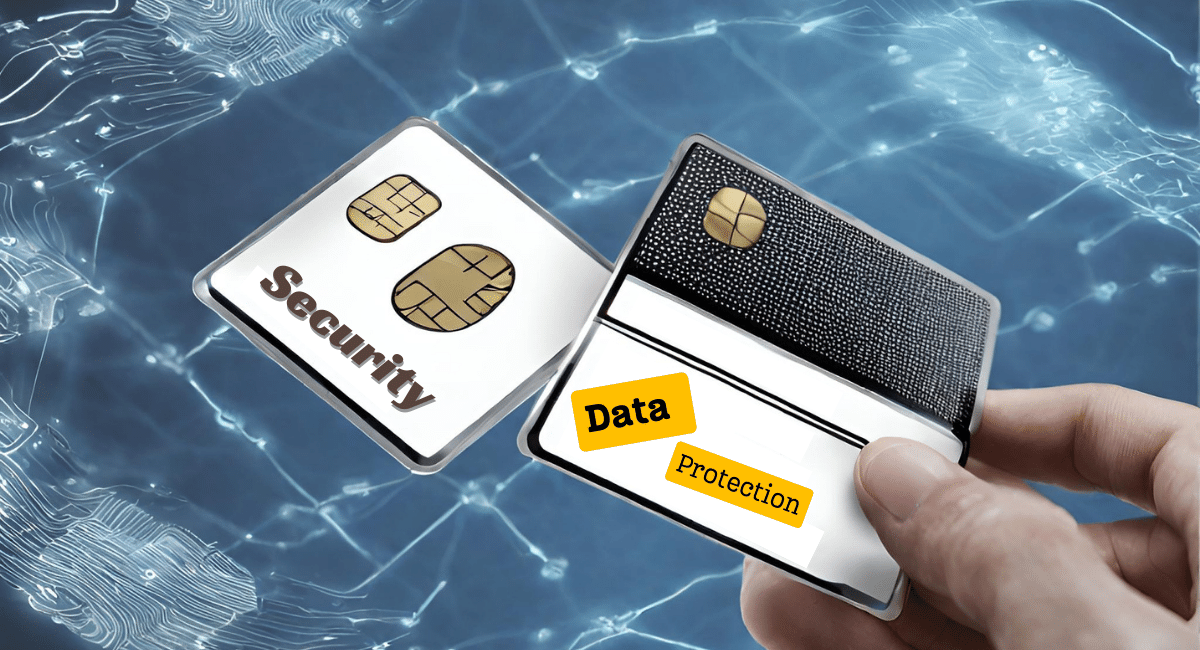Smart cards provide two-factor authentication for cloud data centers, enhancing security by requiring both the card and a PIN or biometric verification.
The world of technology is evolving rapidly, with an ever-growing need for securing data effectively, efficiently, and safely. One such innovative approach centers around using smart cards in cloud data centers. We will delve into understanding smart cards, their role in ensuring data security, practical applications in cloud data centers, and potential challenges and solutions.
Understanding Smart Cards

Smart Cards, an innovative technology, have gained significant acclaim in data security circles. They pose a secure, convenient, and multi-functional approach to securing data across different platforms. To get a comprehensive understanding, it’s important to delve into the definition and the technology behind smart cards.
Definition of Smart Cards
At the most basic level, smart cards are plastic cards, similar in appearance to credit cards. The twist, however, lies in the embedded integrated circuit, often filled with secure, encrypted data. This creates an advanced level of security for users ranging from businesses, governments to individuals.
Smart cards have revolutionized the way we access and store information. They are designed to securely hold personal data, financial information, and medical records. This technology has become an integral part of our daily lives, allowing us to perform various tasks with ease and efficiency.
Typically, smart cards are categorized into contact, contactless, and dual interface cards, each offering a unique way to interact with the card and data contained therein.
Contact smart cards require physical contact with a card reader device for data transfer. They have a small metallic chip embedded in them, which is connected to the card reader through a series of gold-plated contact pads. This type of smart card is commonly used in banking, identification, and access control applications.
Contactless smart cards, on the other hand, use radio frequency identification (RFID) technology to communicate wirelessly with card readers. These cards have an embedded antenna, allowing for convenient and quick data exchange. They are widely used in public transportation, payment, and secure access control.
Dual interface smart cards combine the features of both contact and contactless cards. They offer the flexibility of contactless communication while providing the option for physical contact when needed. This type of card is commonly used in applications where compatibility with both contact and contactless systems is required.
The Technology Behind Smart Cards
The essence of smart cards lies in the embedded microprocessor. This microcircuit is like the brain of the card. It is capable of processing and securing data, maintaining the integrity and authenticity of the data stored. The cards operate under a standardized data command set and can interact with a card reader device using a specific protocol.
The microprocessor in smart cards is a powerful component that enables various functionalities. It can perform complex cryptographic operations, such as encryption and decryption, ensuring the confidentiality of sensitive information. The microprocessor also has memory capabilities, allowing it to store data securely and retrieve it when needed.
Smart Cards technology encompasses several components such as a microprocessor, memory, and an operating system- all crucial in storing and processing data.
The microprocessor is responsible for executing commands and managing the data flow within the smart card. It acts as the card’s central processing unit (CPU), performing calculations, executing algorithms, and managing the overall functionality of the card.
The memory in smart cards is used to store data, including personal information, digital certificates, and encryption keys. It can be divided into different sections, each with its level of access control. This ensures that sensitive data is protected from unauthorized access and tampering.
Additionally, smart cards are equipped with an operating system that provides a platform for running applications and managing the card’s functionalities. The operating system ensures the secure execution of commands, protects against malicious attacks, and enables interoperability with various card readers and systems.
In conclusion, smart cards are a remarkable technological advancement that offers enhanced security, convenience, and versatility. Their embedded microprocessors, secure memory, and advanced operating systems have become indispensable tools in safeguarding sensitive data and enabling seamless transactions in various industries.
The Role of Smart Cards in Data Security
Understanding what smart cards are and the technology behind them makes it easier to comprehend the significant role they play in data security. Let’s dive into how they enhance security and stand against traditional security measures.
How Smart Cards Enhance Security?
Smart Cards bring a plethora of benefits to the data security table. They have a self-contained processing capacity, allowing them to verify and protect data within the card. This reduces the risk associated with transferring data, further enhancing its security.
Moreover, the encrypted data is stored securely in the card, restricting unauthorized users from accessing it. This encryption ensures that the data remains protected even if the card is lost or stolen. The encryption algorithms used in smart cards are highly secure, making it extremely difficult for hackers to decipher the stored information.
Additionally, their secure design makes them tamper-resistant, making it difficult for hackers or malicious entities to manipulate the processed or stored data within. The physical construction of smart cards includes various layers of security, such as holograms, embedded chips, and unique identifiers, which make it nearly impossible to tamper with the card without leaving visible signs of tampering.
Furthermore, smart cards can also be equipped with biometric authentication features, such as fingerprint or iris scanners. These additional layers of security make it even more challenging for unauthorized individuals to access sensitive data.
Smart Cards vs. Traditional Security Measures
When compared to traditional security measures like password security, smart cards offer heightened security. While passwords can be easily hacked, forgotten, or lost, smart cards remain secure and allow for improved user authentication.
They require physical possession of the card and a Personal Identification Number (PIN), making unauthorized access challenging and data reasonably secure. Combining something the user possesses (the card) and something the user knows (the PIN) provides a strong two-factor authentication mechanism.
Smart cards also simplify the authentication process by eliminating the need for remembering multiple passwords, an often cumbersome and less secure approach seen with traditional security methods. With a smart card, the user only needs to remember their PIN, significantly reducing the risk of weak or reused passwords.
Furthermore, smart cards can be easily integrated into existing systems, making them a practical and scalable solution for organizations of all sizes. They can be used in various industries, including healthcare, finance, government, and transportation, to secure access to sensitive data and systems.
In conclusion, smart cards play a vital role in data security by providing robust authentication, secure data storage, and tamper-resistant features. Their ability to enhance security and simplify the authentication process makes them a valuable tool in safeguarding sensitive information.
Application of Smart Cards in Cloud Data Centers
The remarkable benefits and high level of security have made smart cards an attractive choice for use in cloud data centers. This section will discuss integrating smart cards into data centers and provide case studies illustrating this application.
The Process of Integrating Smart Cards in Data Centers
The integration process starts with evaluating the data center’s needs and choosing the right smart card solution. Remember that implementing smart cards in data centers goes beyond simple physical installation. Full-scale integration involves building the infrastructure to support data management and aligning the network resources accordingly.
The card readers communicate with the data center’s systems, giving access only to verified users. Over time, the data encrypted on the cards is updated, reflecting user permissions and access changes.
Case Studies of Smart Card Use in Data Centers
The application of smart cards in data centers has been successfully executed in several instances. For instance, Google has implemented smart card technology for cloud computing security. By using these cards, they not only improved the authentication level but also ensured that their data remained secure and inaccessible to unauthorized individuals.
Another case involves the US Federal Government, which has ramped up its use of Smart Cards in data centers and across several other departments to ensure enhanced security and data protection.
Benefits of Using Smart Cards in Cloud Data Centers

The dynamics of using smart cards in cloud data centers present notable benefits, including enhanced security and data protection, cost-effectiveness, and scalability.
Enhanced Security and Data Protection

As previously discussed, smart cards are a great tool for enhancing security. Their use in cloud data centers can offer significant protection against unauthorized data access and tampering.
Given the remote nature of cloud data centers, these cards offer an effective risk mitigation tool – they offer a stronger line of defense than traditional methods, boosting overall data security.
Cost-Effectiveness of Smart Cards
The implementation cost associated with smart cards may seem high initially, but they prove to be cost-effective in the long run. They reduce the expense associated with lost passwords and data breaches, which are costly and have a significant impact on the company’s reputation.
Smart Cards also have a long lifespan and can last several years, which results in savings over time.
Scalability and Flexibility of Smart Cards
Given the evolving nature of technology, a solution needs to be scalable and flexible to keep pace with changes. Smart cards offer both. They are designed to handle increasing volumes of data and can be easily updated to cope with changing security standards as they evolve.
Smart cards tend to be adaptable and future-proof, providing security in an ever-changing digital landscape.
Potential Challenges and Solutions
While smart cards bring notable benefits, they also come with potential challenges. This section aims to shed light on common issues with smart card implementation and offers insight into overcoming these challenges.
Common Issues with Smart Card Implementation
There can be challenges regarding the physical implementation of smart cards. These may range from the actual physical integration process to training end-users on properly using the cards.
Moreover, ensuring compatibility between the smart cards and systems in place can be daunting. Also, maintaining ongoing maintenance and regular software updates requires consistent effort and resources.
Overcoming Challenges in Smart Card Use
Proactive planning and meticulous execution can help overcome these challenges. Concepts like user training, adequate IT infrastructure, and regular system check-ups can greatly simplify the implementation process. Solutions should be sought to ensure smooth operations and compatibility between the smart cards and existing systems.
Maintenance of smart cards and updates of software can be managed through scheduler tools or outsourcing to professional service providers.
Key Takeaways
- Smart cards store digital certificates or cryptographic keys.
- They offer two-factor authentication: something you have (the card) and something you know (PIN) or are (biometric).
- They provide a secure method for administrators and users to access cloud data center resources.
- Smart cards help prevent unauthorized access.
- Integration with other security measures can create a comprehensive security approach.
FAQs
Q: What is the primary purpose of smart cards in cloud data center security?
A: To provide an additional layer of security using two-factor authentication.
Q: Can a lost smart card compromise security?
A: If lost, the card alone isn’t typically enough for access since it requires additional verification like a PIN or biometric.
Q: How are smart cards different from traditional access cards?
A: Smart cards contain cryptographic keys or digital certificates, whereas traditional access cards might use simpler methods like magnetic stripes.
Q: Is biometric verification used with smart cards?
A: Yes, some smart cards require biometric verification, like a fingerprint, as the second factor.
Q: Do smart cards guarantee complete security for cloud data centers?
A: While they enhance security, no single measure guarantees complete security. They’re best used as part of a multi-layered approach.
Conclusion
In conclusion, smart cards can bring immense benefits to cloud data centers. Despite the potential challenges, the level of security, cost savings, and scalability that these cards offer make them a strong contender in the race for data security methods. With the right implementation strategies and ongoing maintenance, smart cards can likely play an even greater role in securing cloud data centers in the future.
